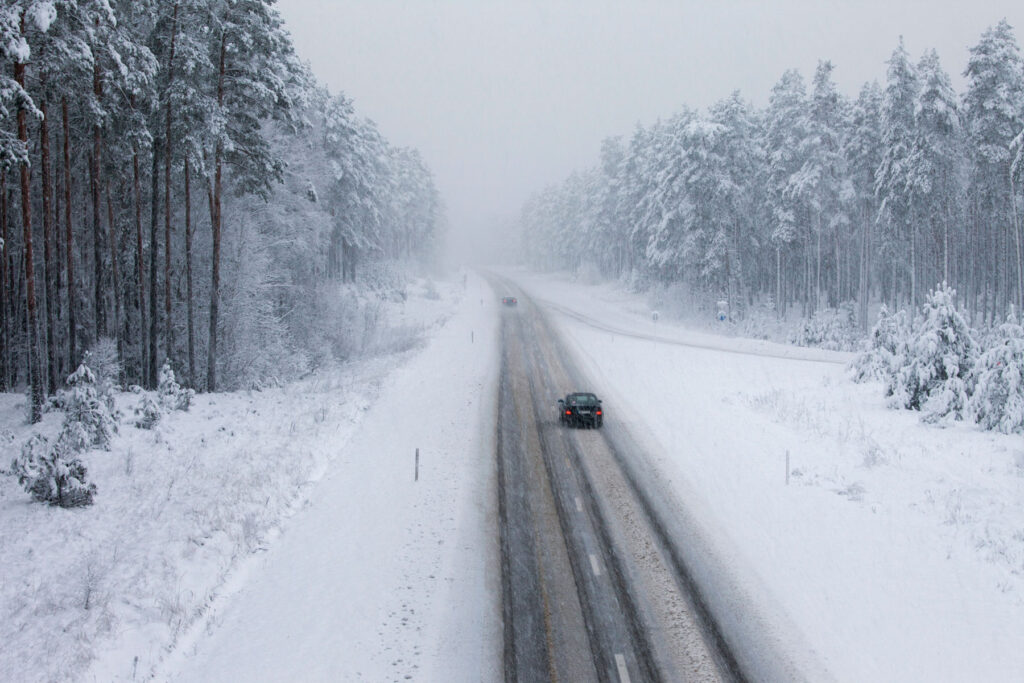Ice? Snow? Slush? When the mercury drops, be ready for any road condition with these tips.
Fluffy but dangerous
When road markings are obscured, slow down and leave lots of stopping distance. Always clear snow from your vehicle, including the roof (as a courtesy to the cars behind you). Clean off your hood, lights, mirrors and windows.
Frozen out
Ice is often plentiful at intersections where vehicles brake and accelerate. It’s also likely to form on bridges because the cool air beneath the span freezes the water on its upper surface. Slow down and leave extra room for stopping.
Hidden hazard
Black ice is just like regular ice but more difficult to spot-it’s “black” because the ice is clear and you can see the asphalt below. Watch for a sheen on the road surface and prepare to drive as you would on ice.
Slippery when wet
Freezing rain can make conditions so dicey that it’s sometimes safest to pull off the highway and wait. If you must drive, be sure you have good winter tires and wiper blades, plus plenty of wiper fluid.
Stay back
If you find yourself behind a snowplow, be grateful the road is being cleared and be patient. Don’t try to overtake it, as this can be dangerous.
Move over
If you see emergency vehicles, including tow trucks, slow down and, if possible, give them extra space by moving into the adjacent lane.
Fog alert
As with falling snow or freezing rain, if you run into fog, use your fog lights (if you have them) or your headlights’ low beams. High beams will magnify the snow and fog and reduce your visibility.
Watch for wildlife
Animals will often wander near winter roadways, drawn by the salt and other debris thrown up by cars. Keep an eye out for signs warning of wildlife.
What does it mean?
We break down the many descriptions of snow conditions:
- Pavement frost – A buildup of frost that reduces braking power
- Drifting snow – Blowing snow due to winds; may cause snow to stick to road surfaces and lower visibility
- Swirling snow – Snow that’s circling on the road surface, caused by wind and traffic
- Loose snow – Less than 8 cm of unpacked flakes covering the driving surface
- Heavy snow – More than 8 cms of denser snow can cause problems when stopping or passing
- Snow packed – The entire road is coated in densely packed snow
- Snowdrifts – Small peaks of snow at intermittent intervals
- Visibility reduced – Drivers can see less than 800 metres ahead
Save on Auto Insurance
Pay less with pay-as-you-drive auto insurance. Learn more about CAA MyPace™ at GetCAAMyPace.ca.


